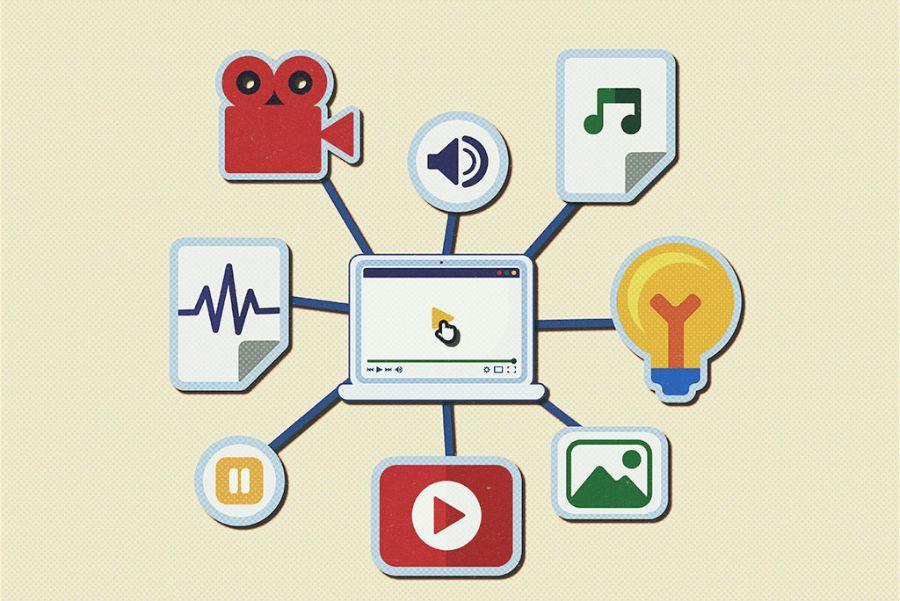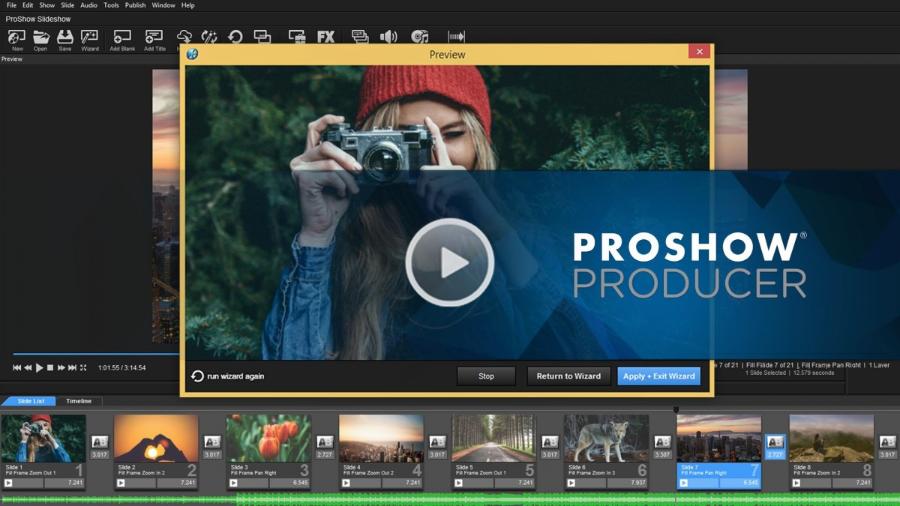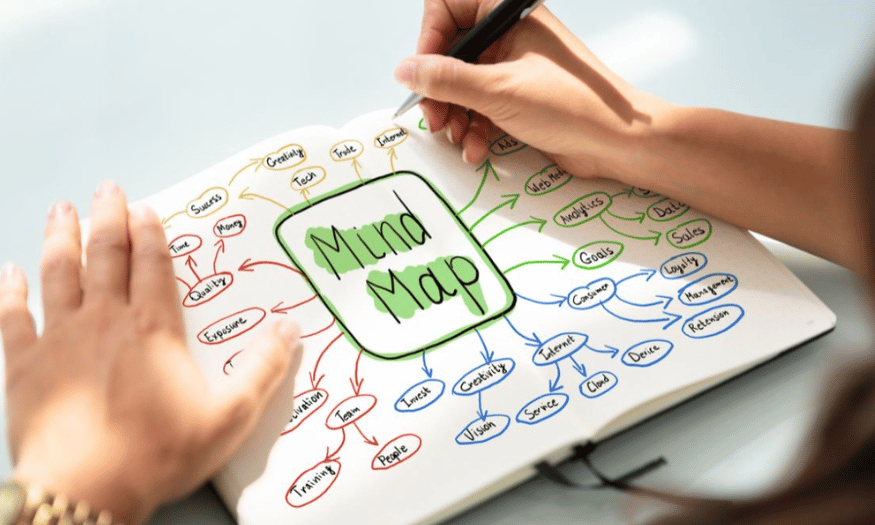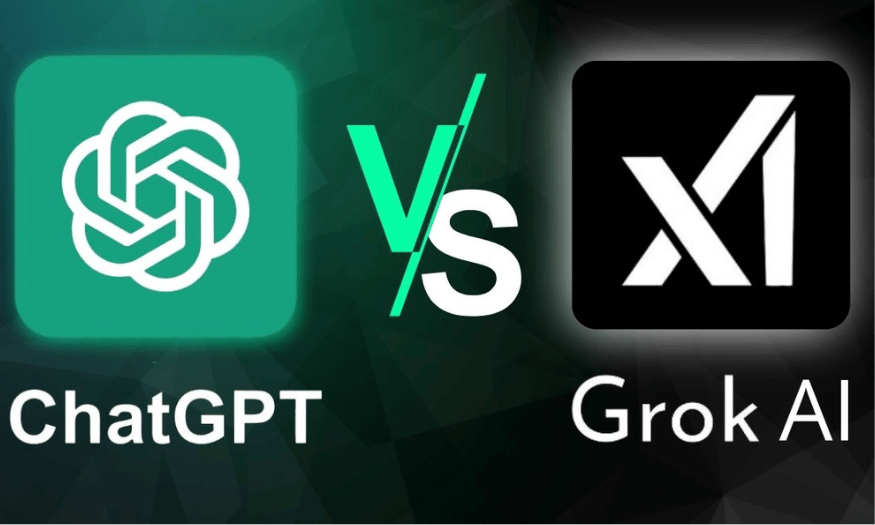Best Selling Products
Graphic Design Trends When Combined With AI
Nội dung
2025 will see an explosion of bold and innovative graphic design trends, especially as artificial intelligence (AI) becomes an increasingly integral part of the creative process. The combination of graphic design and AI will not only bring new tools but also open up unprecedented possibilities for creating engaging visual content. From creating unique images to optimizing user experiences, designers and brands will need to embrace this trend to create products that stand out and attract attention.
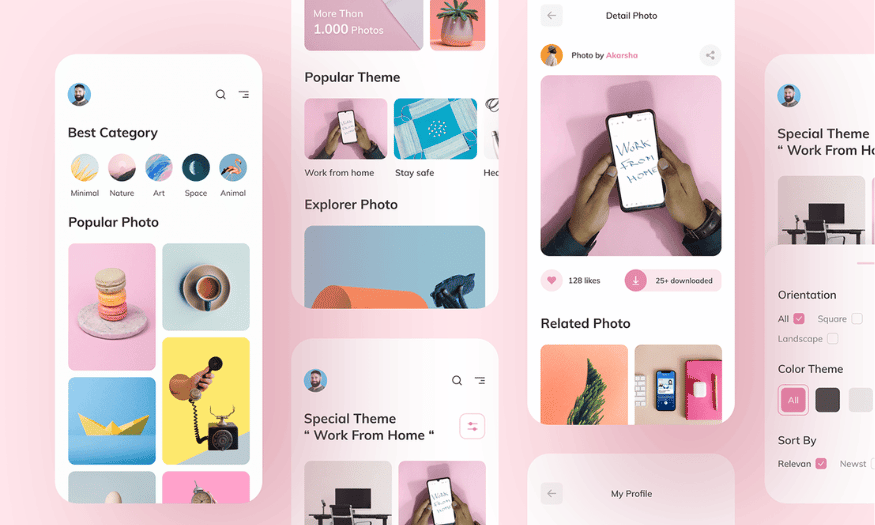
2025 will mark the explosion of bold and innovative graphic design trends, especially as artificial intelligence (AI) technology becomes an increasingly essential part of the creative process. The combination of graphic design and AI not only brings new tools but also opens up unprecedented possibilities in creating engaging visual content. From creating unique images to optimizing user experiences, designers and brands need to embrace this trend to create outstanding and engaging products. In this article, Sadesign will delve into the major graphic design trends that AI is creating, from personalizing content to using algorithms to enhance creativity.
1. Conceptual & Abstract Design
Conceptual & Abstract Design is not just an art style, but also a new, innovative approach that is reshaping the way we look at art and design in 2025. This style gives viewers a sense of exploration and contemplation, when unstructured shapes and colors are not just random, but also contain profound messages.
One of the hallmarks of abstract design is its unconventional composition. Elements are arranged in an irregular but intentional way, breaking the usual design norms. This not only creates originality but also stimulates the viewer’s imagination. Strong color contrast is also an important factor, with a combination of bold, sharp colors or seemingly incompatible color palettes. The blend of reality and fantasy, where abstract images can be inspired by real objects but transformed to bring a sense of surrealism, is the highlight of the attraction.
Abstract design, in particular, is not just about “looking good,” but also about evoking emotions. From surprise, curiosity to a sense of deep connection, this style takes viewers on a journey of diverse emotional experiences. In the field of branding, abstract elements are used to create a unique mark, expressing the brand’s own identity. In marketing, the surprise and novelty of abstract design attracts the eyes and interest of customers. Moreover, it also serves as the foundation for digital art projects, NFTs or digital exhibitions, opening up limitless creative possibilities in the digital world.
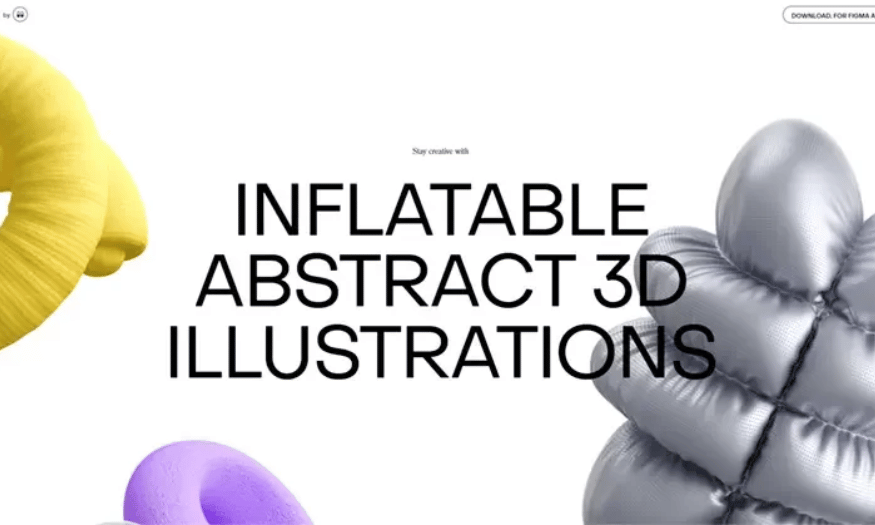
2. Storytelling Animation
Storytelling Animation is becoming an indispensable design trend in 2025, bringing vivid and engaging experiences to viewers. More than just moving images, storytelling animation creates a fascinating artistic space, where movement and storytelling blend to convey messages, values, and emotions visually.
One of the strengths of storytelling animation is its meaningful storyline. Each frame and movement is carefully constructed, leading the audience through a specific story that is easy to remember and creates an emotional connection. Smooth movement is another element that enhances the viewer experience, with animations optimized to not interrupt attention. Vivid, uniquely designed and expressive characters bring intimacy and receptivity to the story.
Sound and music also play a vital role in storytelling animation, from voiceovers to background music, all of which are carefully coordinated to enhance the appeal. With improvements in animation technology, 2025 will see a marked shift in animation styles, towards more fluid and organic movements. This not only creates a sense of realism but also helps the audience easily connect with the emotions of the characters.
3. Emotion-Powered Characters
Emotion-Powered Characters are becoming a prominent design trend in 2025, focusing on creating characters that can strongly connect with the audience through authentic expressions and emotions. These characters are not just illustrations, but also the soul of the story, evoking empathy and deep impressions in the hearts of viewers.
The highlight of the emotional character is the variety of realistic expressions. From gentle smiles to deep eyes, every detail is designed to reflect emotions naturally and vividly. Flexible design style is also an important factor: depending on the context, the character can be cute, realistic or even surreal to create a unique appeal. Synchronization in movement and expression increases the character's persuasiveness and closeness, creating a deeper connection with the viewer.
Emotionally powerful characters are opening a new direction in graphic design, where connection and empathy are at the heart of every creation. This is the trend that designers and brands need to grasp to create works that are not only beautiful but also have deep human values.
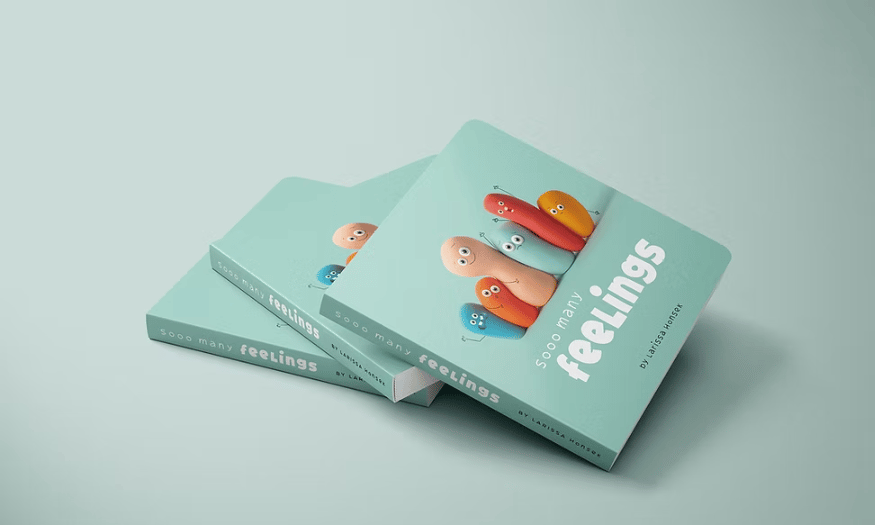
4. New Naturalism
New Naturalism is a prominent design trend in 2025, celebrating the beauty of nature but reinterpreting it in a modern and creative way. Instead of simply copying nature, this style integrates natural elements into design, aiming to convey balance, relaxation and sustainability. New Naturalism is not simply a design movement, but also a call to protect the environment and live in harmony with nature.
One of the most prominent features of New Naturalism is the imagery inspired by nature. The soft lines of branches and leaves, the shapes of mountains and hills, and the harmony of animals and landscapes are all stylized to suit the modern design language. Natural colors, with earth tones, greens, blues, and soft pastels, bring a sense of calm and comfort to the viewer. These are colors that are not only pleasant but also express the deep connection between humans and nature.
Authentic materials and textures are also an important element in New Naturalism. Designs often evoke natural materials such as wood, stone, grass or water, with textural effects that give a sense of reality, creating a space that is close to nature. The fusion of tradition and modernity in this style allows designers to use natural elements combined with technology and creative layouts, thereby creating products that are both familiar and new.
5. Retro Vibes Are Back
Retro style is making a strong comeback in 2025, not just a nostalgic trend but also a re-enactment of the spirit of the past from a modern perspective. Retro not only evokes memories but also creates bold, novel and emotional designs, blending tradition and innovation. This combination not only attracts lovers of classic style but also attracts the younger generation looking for novelty in familiar things.
One of the defining characteristics of the retro style is the nostalgic color palette. Bold tones from the 70s, 80s and 90s like burnt orange, mustard yellow, turquoise and neon purple are making a comeback, but softened to suit modern tastes. Vintage fonts, with thick, curvy or hand-crafted typefaces, will be the focal point of designs, creating familiarity and recognition.
In fact, the retro trend is widely applied in advertising and branding. Retro-style advertising campaigns help brands stand out thanks to their familiar yet fresh feel. Product packaging designs with a nostalgic style create a strong impression, especially in the food and beverage industry. In addition, retro also infiltrates fashion and lifestyle, from fashion products to accessories, creating a rich and diverse lifestyle. Finally, in the field of digital art and social media, retro-inspired posts and content often attract interactions thanks to their nostalgia and unique aesthetics.
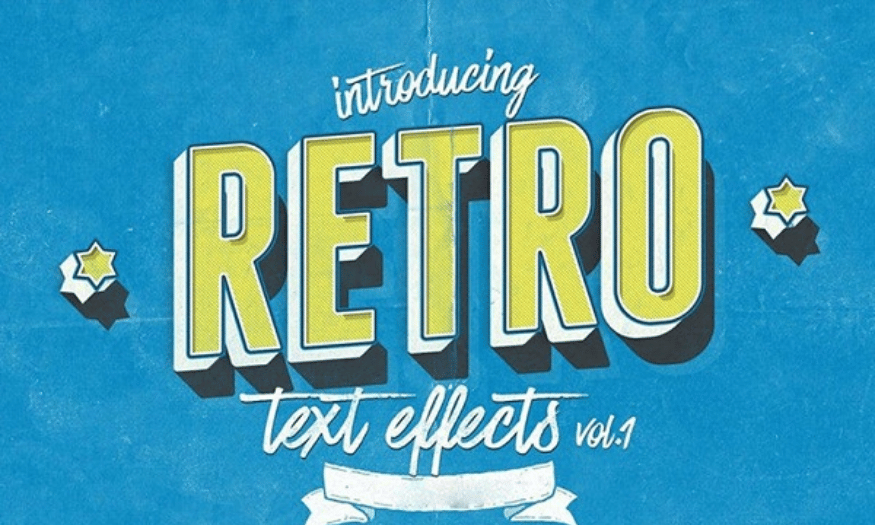
6. Personalization Design
Personalization Design is shaping up to be one of the biggest trends of 2025. As brands and designers increasingly focus on creating unique and personalized experiences for users, every element from the product to the interface is tailored to suit individual preferences and needs. This helps create a deep and lasting connection between the brand and the consumer.
A defining feature of personalized design is its reliance on user data. Personalized designs are not only based on visual preferences but also on user data and behavior. This allows for unique products, interfaces, and messages that feel familiar to consumers. Automation and AI also play a key role in creating customized designs, increasing accuracy and responsiveness to individual needs.
Personalized design is not just about changing colors or fonts, but creating a unique experience for each user. From the website interface to the advertising, where every element is designed to match the user’s preferences and behavior, making them feel respected and cared for. Flexible and customizable design is also an important factor, from colors, fonts to graphic elements, giving users a sense of familiarity and control.
7. Minimal Aesthetics
Minimal Aesthetics continues to assert its position in 2025, when simplicity is considered a symbol of luxury. Minimalism is not just about eliminating unnecessary elements; it also focuses on highlighting the essential elements, thereby creating a subtle and pleasant experience. In the modern design world, where information and images are overwhelming, minimalism becomes a tonic, helping viewers easily access and feel the message without being distracted.
One of the hallmarks of minimalist aesthetics is the clever use of negative space. This space is not simply the space between design elements, but is an integral part of creating a sense of harmony, making it easy for the viewer’s eye to scan and absorb information. Minimal colors, often neutral tones such as white, black, and gray, create a clean background, bringing a sense of lightness and relaxation. Typography also plays an important role with clean, easy-to-read fonts that enhance the message without being distracting.
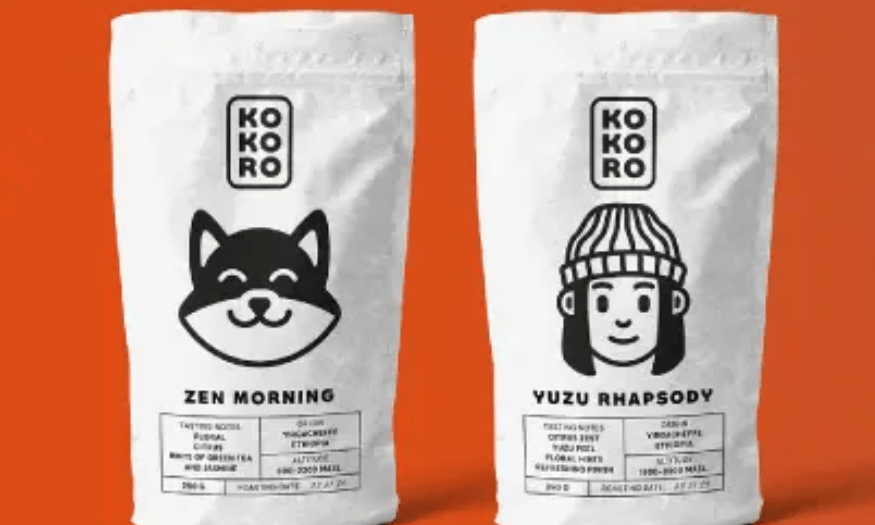
8. Next Level Data Visualization
Next Level Data Visualization is shaping up to be a major design trend in 2025. As data becomes increasingly rich and complex, designers want to not only present information accurately but also create experiences that are intuitive, engaging, and easy to understand. Modern technology and innovation have opened up new possibilities to make data more vivid, accessible, and memorable than ever before.
One of the highlights of this trend is interactivity. Charts and graphs are no longer static images; instead, they can be interactive, allowing users to explore data in a personalized way. The combination of vibrant colors and sharp images helps to convey information clearly, attract attention, and easily distinguish between different data groups. Furthermore, the use of motion and dynamics in data representations helps viewers easily follow the changes in numbers, thereby grasping information intuitively and effectively.
9. Creative AI Design
Creative AI Design is becoming a disruptive trend in 2025. As artificial intelligence (AI) tools are widely applied in the creative process, they not only assist designers but also open up new and unique possibilities in design. AI not only helps speed up design but also encourages creativity, thereby creating breakthrough products.
A prominent feature of Creative AI Design is the ability to automate the creative process. AI can automatically generate design elements, from color, style to layout, helping to reduce time and effort in the creative process. In addition, AI also has the ability to analyze millions of existing designs, thereby learning and applying them to new products, helping designers grasp trends and user tastes more accurately. The combination of the power of AI and human creativity promises to bring unique and inspiring designs.
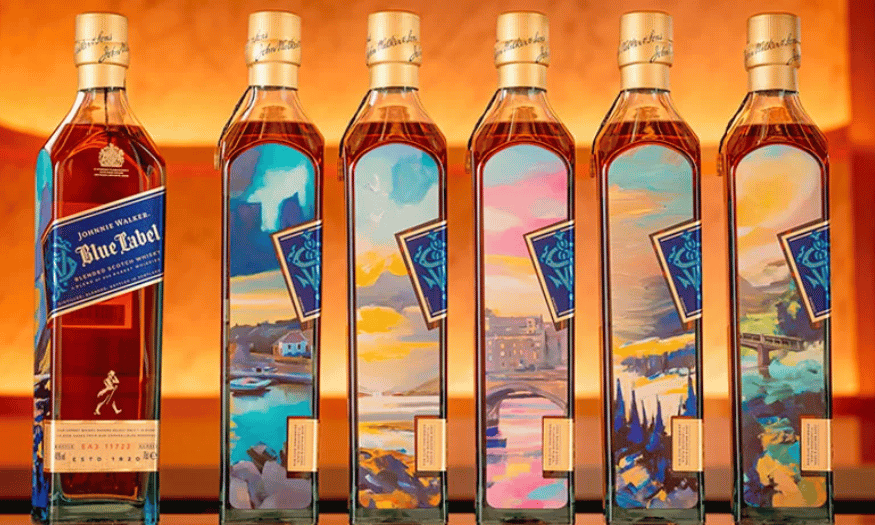
10. Creative Letter Typography
Creative Letter Typography is becoming a prominent trend in 2025. Designers not only focus on typography but also exploit the shape, structure and expression of each letter to create unique and impressive works. Typography is not only a means of conveying information but also an essential part of art and branding.
The highlight of Creative Letter Typography is the creativity in letter design. Complex geometric elements and textures are used to create fonts with depth and high artistry. Not only stopping at static letters, typography can also be designed with motion effects, 3D or creative deformation, bringing interesting experiences to viewers. Free layout, where letters can be arranged flexibly, creates unique images, highlighting the messages they convey.
11. Conclusion
The combination of graphic design and AI will not only be a trend but also an essential part of the creative industry. Designers need to accept and utilize these new technologies to not only improve work efficiency but also create unique works of art. Creativity will no longer be limited by human capabilities but will be expanded through intelligent tools. In order not to be left behind, brands and designers need to keep up with these trends and apply them flexibly, thereby creating products that are not only beautiful but also valuable in an increasingly competitive world.









































